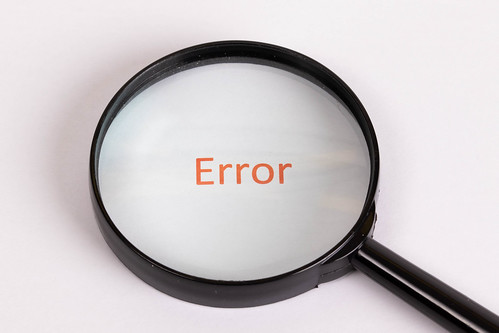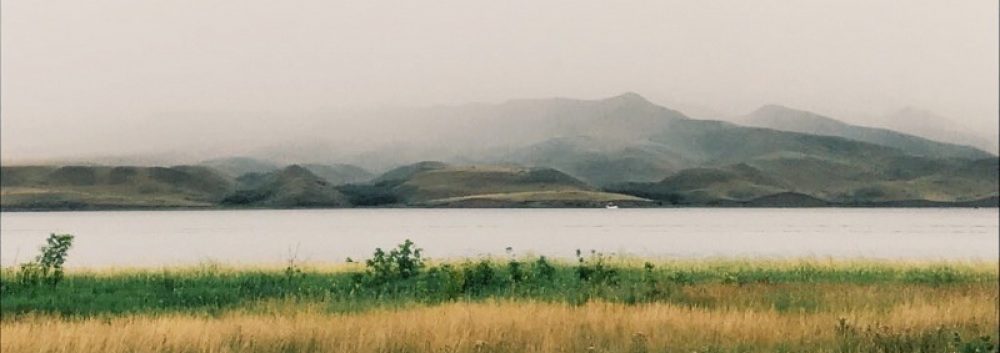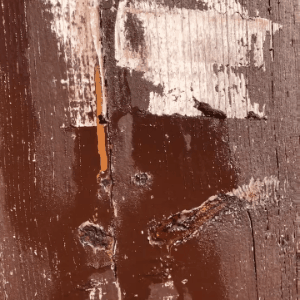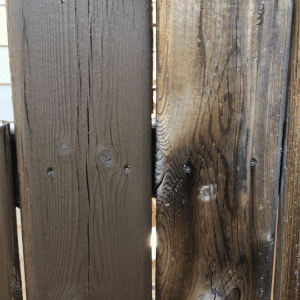This week I had a task to do some cyber sleuthing on a fellow classmate. Despite the fact that I’m sure everyone and their mother has googled someone at least once in their life, it felt a bit uncomfortable to be sleuthing someone who knew that’s what I was doing. Writing out what I did to try and sleuth feels even more uncomfortable!
I started off my little experiment by googling my classmate’s name Caitlin Kendall. Nearly every single hit had something to do with Caitlyn and Kendall Jenner, so it was a bit of a bust. Just doing a cursory search, I couldn’t find Caitlin on Instagram, however I decided to take it to the next level. My goal was to find a mutual friend with Caitlin to see if I could search their Instagram followers to find Caitlin’s page. I find Instagram’s whole user interface a little frustrating to navigate, especially for sleuthing purposes, so I hopped on over to Facebook. I found Caitlin relatively easy on Facebook, but we didn’t have many mutual friends so I thought that might be the end of it. However, I noticed that Caitlin did have some friends who I then had a mutual friend with. I searched a few different people on Instagram, generally looking for people with less common names so that they might be easier to find, but many of them had private pages, meaning I couldn’t search through their followers or people they were following. Eventually I was able to find someone with a public Instagram page, and I was finally able to track down Caitlin’s Instagram, however she had it set to private so that was as far as it went in that regard. Still, the whole thing took me less than ten minutes from start to finish, and trust me when I say I felt like a total creep afterwards!

The things I found out about Caitlin were mainly from her Blog and her Twitter (both of which I already had access too from our class), and a bit of info from Facebook. Her Facebook was mostly locked down, or maybe like me she just doesn’t post a ton on there. I found out Caitlin grew up in Carrot River SK, which she describes as a very small town (a quick Google search tells me Carrot River has only 1,000 residents!). From her Facebook I could see that she was previously employed as a Lifeguard at a pool near Carrot River. However now Caitlin lives in Regina and she recently graduated with her Bachelor of Arts with a major in Sociology and minors in Religious Studies and Indigenous Studies from the U of R. Caitlin did have some older posts on Facebook that I could see, and although there was nothing incriminating, I know what it feels like to have some of those older posts still lingering about. Overall I felt as though Caitlin had a more private social media presence, something I certainly don’t think is a bad thing! Her Twitter is active in creating a great digital identity for her, especially in regards to teaching and education! I certainly feel as though I would get along well with Caitlin and would trust her if I was in a position to hire her.
One of things that stood out to me this week is the idea of having multiple online identities. To some, this may feel disingenuous, but for others, it makes sense. This article by Nicole Lee makes some great points in why it can be a great thing to have multiple online identities. “…multiple online identity phenomenon is indicative of how multifaceted human beings are. To have us each be confined to just a single account, or a single all-in-one persona, is confining.” It was a little eye opening to consider how many identities I have in my face to face life, so why does having multiple identities online feel as though I’m presenting a charade? My professional life itself is multifaceted. The way I interact and share with students in a class is different than how I chat with my colleagues. Never mind how drastically different those persona’s are when comparing my personal life to a professional setting. So it’s interesting to reflect on my social media presence on various social media platforms and how they differ in the same ways as my personal life. I decided to do a bit of cyber sleuthing on myself and found some old Pinterest pages, an old LinkedIn account, and even my Twitter from highschool that I was able to access and make private. I also came to the realization that our digital identity is not something that is out of our control. I can create the digital identity I would like to present to others. Controlling my digital identity and image does not necessarily make me disingenuous, but it is important to recognize that social media is only a fraction of peoples lives, and usually only what they want others to see.



